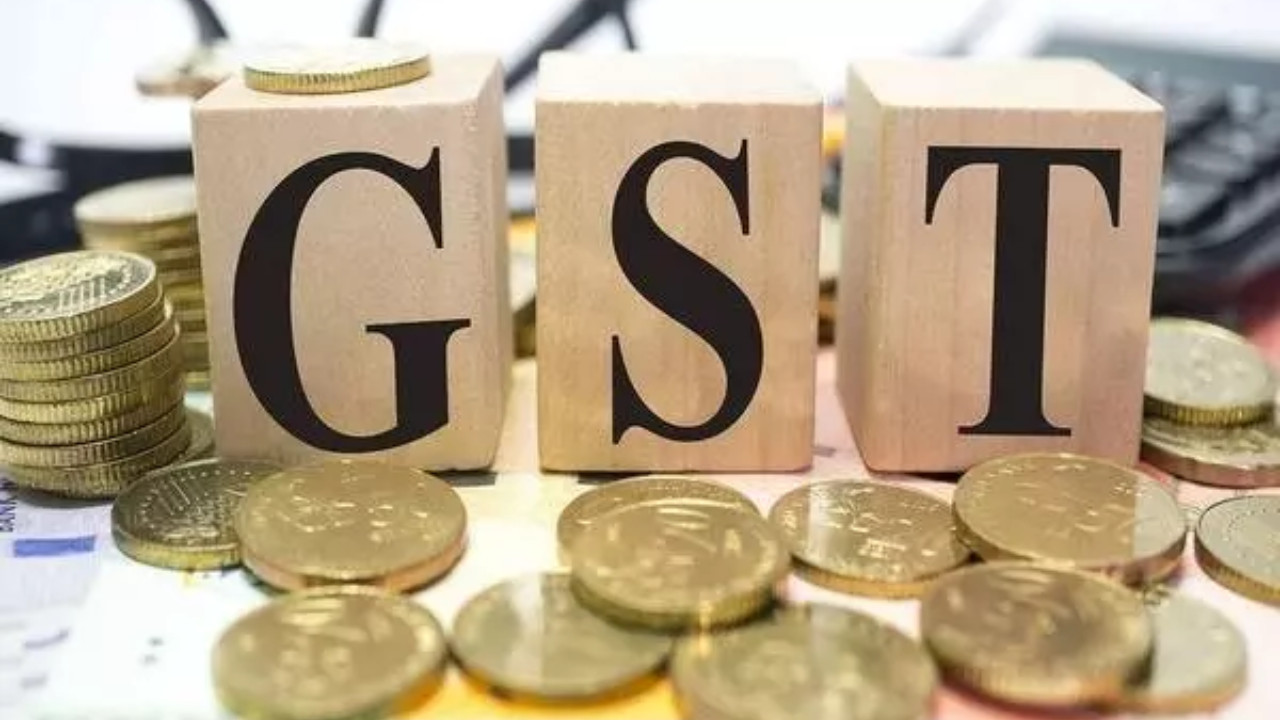Donald Trump has accused China of violating their recent trade agreement, claiming he had previously rescued their economy from a ‘devastating’ situation. Despite a temporary tariff reduction deal reached in Geneva, Trump alleges China hasn’t honored its commitments.
Trump vs. China: Did the Trade Truce Really Ever Exist?
Remember that brief moment of sunshine in the often-stormy skies of US-China trade relations? The one where everyone thought we’d finally turned a corner, where tariffs were (supposedly) cooling down and commerce was ready for a rebound? Yeah, about that…
Donald Trump, never one to mince words, has reignited the trade firestorm, accusing China of violating the trade agreement struck during his presidency. And, to be honest, it’s not just Trump making noise. There’s a growing chorus of voices questioning whether the initial deal ever truly addressed the underlying issues, or if it was just a temporary band-aid on a much deeper wound.
He claims China “went cold turkey” and that pulling back on their commitments was “devastating”. Strong words, but they paint a picture: a picture of shattered promises and a deal, however imperfect, that ultimately crumbled.
But what actually went wrong? Let’s dissect this.
First, let’s rewind to the context. The US-China trade war, fueled by accusations of unfair trade practices, intellectual property theft, and massive trade imbalances, dominated headlines for years. It was a period marked by escalating tariffs, market volatility, and a general sense of unease in the global economy. The 2020 Phase One trade deal was supposed to be the antidote, a ceasefire agreement where China pledged to significantly increase its purchases of American goods and services in exchange for some tariff relief.
The problem? The ink barely had time to dry before the pandemic hit, throwing global supply chains into chaos and complicating the already ambitious targets. And even before the pandemic, whispers of doubt persisted. Critics questioned whether China’s commitments were realistically achievable and whether the deal adequately addressed the more fundamental issues plaguing the relationship.
Trump’s recent remarks suggest that those doubts were well-founded. He’s essentially saying that China didn’t hold up its end of the bargain, that the promised influx of American exports never fully materialized. And while the Biden administration has maintained some of the Trump-era tariffs, they’ve also acknowledged the complexities of the situation and have opted for a more nuanced approach, focusing on strategic competition rather than outright trade war.
This shift in approach is partly because the situation is far more nuanced than just “China broke the deal.” Factors beyond China’s control, like fluctuating market demand and logistical bottlenecks, certainly played a role. Furthermore, the inherent limitations of a deal based on specific purchase targets, rather than addressing systemic issues, were always going to be a challenge.
Think of it like this: imagine you agree to buy a certain number of widgets from a friend each month, but then your business hits a rough patch and your demand for widgets plummets. Even with the best intentions, you might struggle to meet your commitment. Similarly, China faced its own economic headwinds and shifting priorities, making it difficult to fulfill the ambitious purchase goals outlined in the agreement.
The real takeaway here isn’t necessarily about blame, but about the fundamental challenges of navigating the US-China relationship. It’s a relationship built on interdependence but also characterized by deep-seated competition and differing values. Trade deals, while important, are just one piece of the puzzle. They can’t solve underlying geopolitical tensions or magically erase years of mistrust.
So, where does this leave us now?
We’re in a state of flux. The “cold turkey” scenario Trump describes highlights the fragility of trade agreements in the face of larger economic and political forces. The Biden administration is trying to strike a balance between protecting American interests and avoiding an all-out trade war, but it’s a tightrope walk.
The future likely holds continued strategic competition, targeted tariffs, and ongoing negotiations. It’s unlikely we’ll see a return to the pre-trade war era, but a complete decoupling is also unrealistic. The two economies are too intertwined, and the stakes are too high.
The lesson learned? Trade deals are only as strong as the trust and commitment underpinning them. And in the complex and often-turbulent world of US-China relations, trust seems to be a commodity in short supply. The quest for a truly stable and mutually beneficial trade relationship is far from over, and it requires a willingness to address not just the symptoms, but also the underlying causes of friction. And perhaps, a bit less “cold turkey” and a bit more genuine dialogue.
📬 Stay informed — follow us for more insightful updates!







